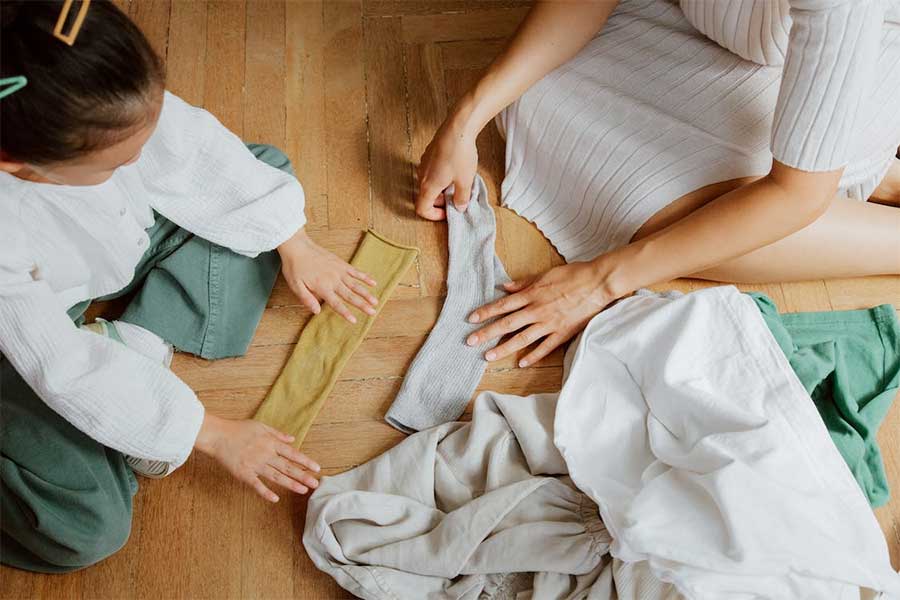
12 Mar Changing seasons and sensory sensitivities in children with autism
Transitioning from summer to winter or from winter to spring can be surprisingly demanding for a child with autism. One of the biggest challenges a child will face is constant sensory adaptation.
Temperatures in South Africa during the summer months are relatively consistent from one day to the next. Summer clothes for children are also relatively standard. Winter and autumn, on the other hand, are filled with unpredictable days and it can be cold in the morning and warm in the afternoon. Some days (even in winter) are T-shirt days and on other days we can’t wear enough clothes to get warm!
Each temperature fluctuation will mean that your child will need to adapt their body and the way they dress. Temperatures feel different on their skin and so do the textures of the clothes they wear. New clothes for a new season can feel scratchy or tight and often young children with autism can’t express this discomfort.
Families need to take the changing seasons and sensory sensitivities in children with autism into consideration because there are so many issues with switching to a different season:
Our top 10 tips for parents to consider when it comes to a new season:
- The fit of the clothes – make sure their clothes fit well. Your child’s body shape will change from year to year and putting your child into clothes that are too tight will cause problems for your child from a sensory perspective.
- Parents often make the fatal mistake of buying clothes that are loose fitting because they think that buying big clothes this year will save them from buying clothes again next year. This can create the same number of sensory problems for your child so make sure that you buy clothes that fit comfortably.
- Consider the fabric from which the clothes are made – often fabrics such as denim and cotton have a hard feel against the child’s skin and many children on the spectrum will react badly to these textures.
- Remove all tags from the inside of new clothes before you give them to your child to wear.
- Dress your child in layers so that it is easy for them to remove clothes when they get too hot or add clothes when they are feeling cold.
- We advise against pullover jerseys or fleece jumpers as many autistic children struggle to cope with clothes being pulled over their heads. Trying to remove a top can cause anxiety for the child.
- Winter clothes can feel very heavy and restrictive, and parents need to consider this when they buy jackets for their children.
- The tightness of waistbands can also be a sensory problem for children with autism not to mention the difficulty that children have to remove tight-fitting clothes when they need to go to the bathroom.
- Shoes are another sensory sensitivity in children with autism and parents need 2 understand the challenges their children face when it comes to boots or takkies.
- Washing new clothes before the child wears them – a huge sensory drain can be caused by “new” clothes because they have a “shop” smell and they are often treated with hard starches which can aggravate your child’s senses.

